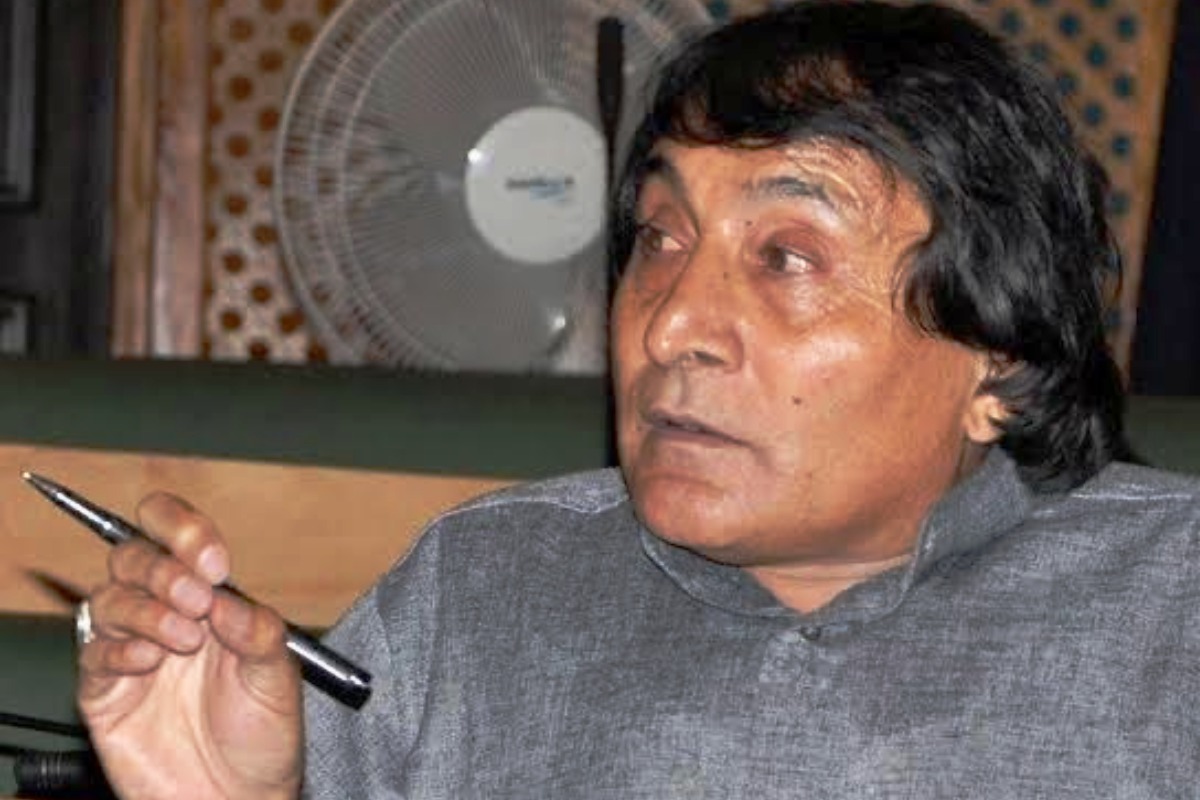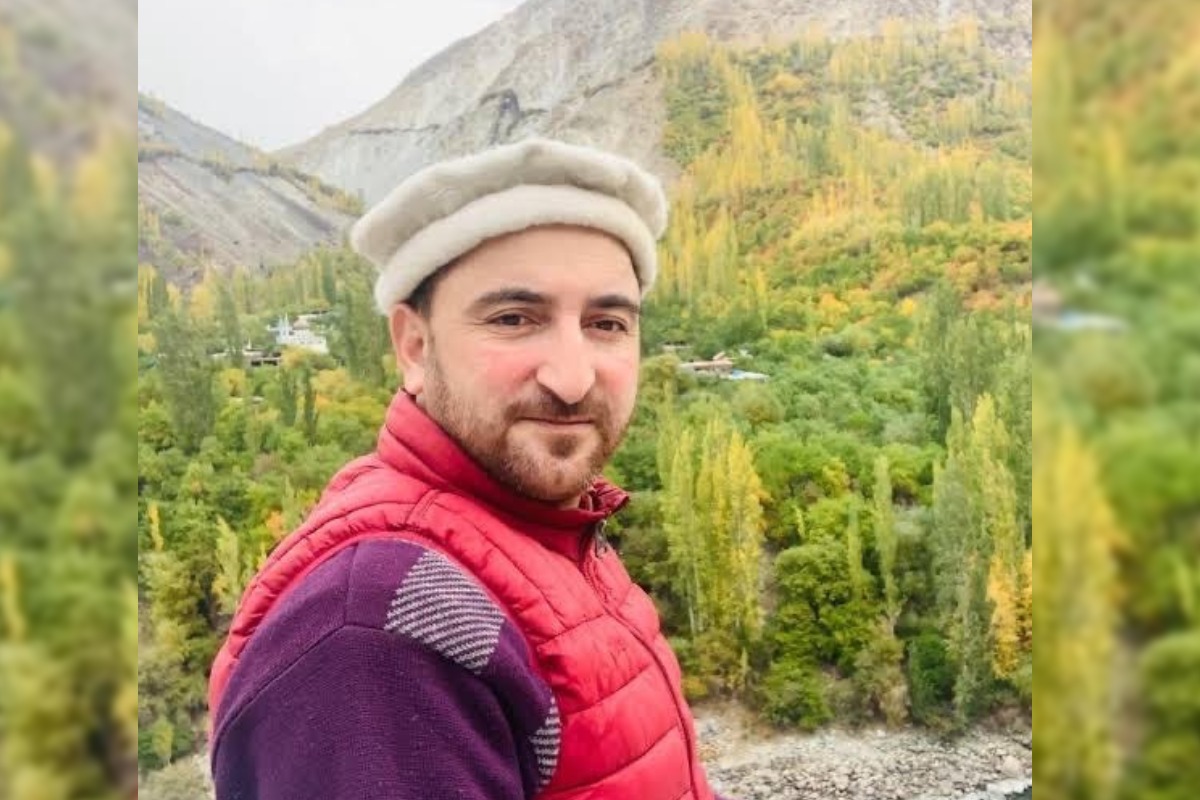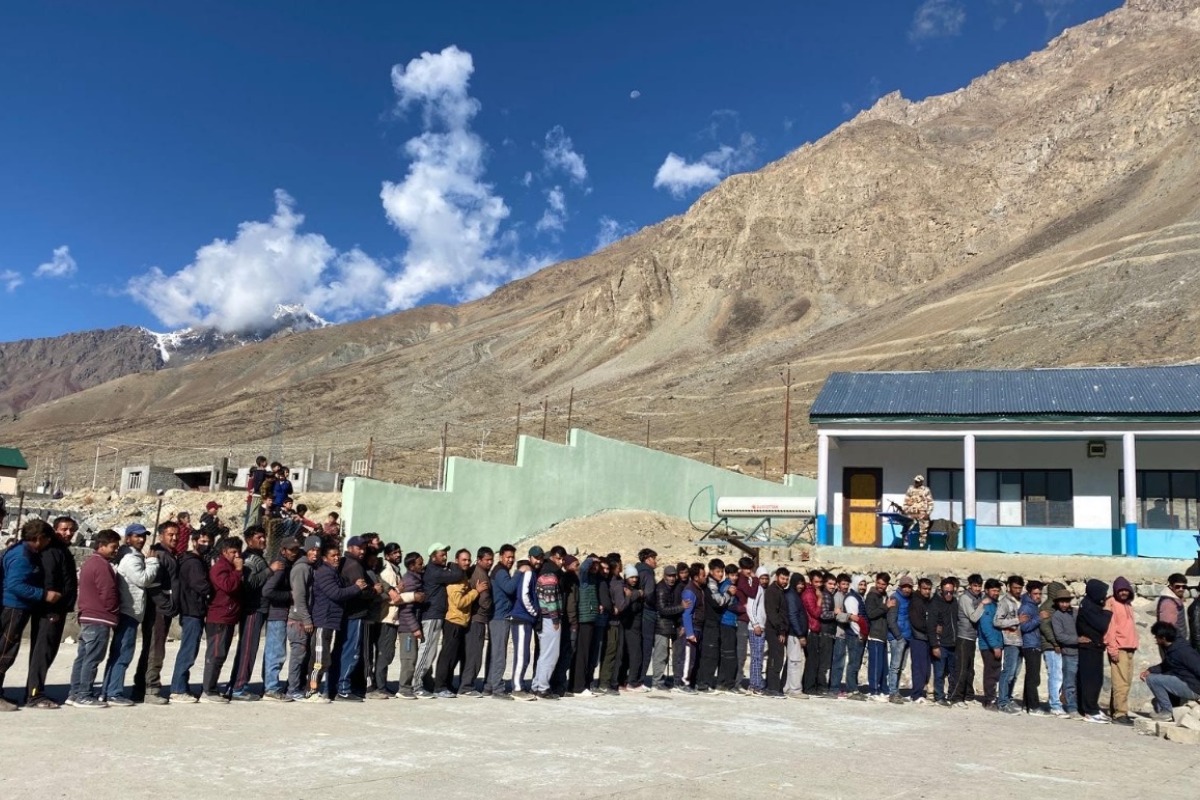KARGIL: Voting for the fifth Ladakh Autonomous Hill Development Council-Kargil (LAHDC-K) concluded on Wednesday with a huge turnout of over 77.61%. This is the first time polls were held since Ladakh was converted into a Union Territory in 2019. Counting will begin on October 8.
An electorate of 74,026, including 46,762 women, exercised their franchise at 278 polling stations spread over 26 constituencies across Kargil.
National party Congress and Kashmir’s heavyweight the National Conference – the traditional allies in Jammu and Kashmir, and Ladakh – have fought this election in an alliance to keep the Bharatiya Janata Party (BJP) at bay.
Local National Conference leaders told The New Indian that the BJP has “betrayed” locals. They expressed confidence in their victory.
“The people of Kargil are angry with the BJP as their Kargil unit president made derogatory remarks against hijab. Public sentiments have been terribly hurt,” said Qamar Ali Akhoon, senior NC leader from Ladakh, who previously served as the chief executive councillor of the Ladakh Autonomous Hill Development Council.

Claiming credit for “major development works” in Ladakh, Akhoon said his party will win at least 12 of the 17 seats it contested.
The National Conference had won 10 seats in the last council elections.
Local political observers have predicted 9 seats for Congress, and two to three seats for the BJP, and the remainder is expected to go to Independents.
The NC leader said it campaigned aggressively for three Congress candidates, who were given support because of the legal issues involving the NC’s symbol earlier.
High unemployment, lack of public participation in policy making, and the abrogation of Article 370 are among the dominant factors working against the saffron party, feels Sajjad Kargili, who is the core committee member of the Kargil Democratic Alliance and is associated with the region’s influential Islamia School.
“No major development has taken place since Ladakh was made a separate UT. There is no university or medical college in Ladakh. Even basic medical facilities like CT scan are not available in the region,” Sajjad said.

He claimed that bureaucracy is totally disconnected with the masses. “Although the council powers were also reduced in 2019, this election is about expressing strong resentment against the BJP,” he said.
The highest number of candidates in the fray are from the Congress (22), followed by the NC and the BJP (17). There are also four candidates from the Aam Aadmi Party and 25 Independents.
The AAP, a constituent in the newly-formed Indian National Developmental Inclusive Alliance (INDIA), is not in a pre-poll political arrangement with the Congress and the National Conference.










